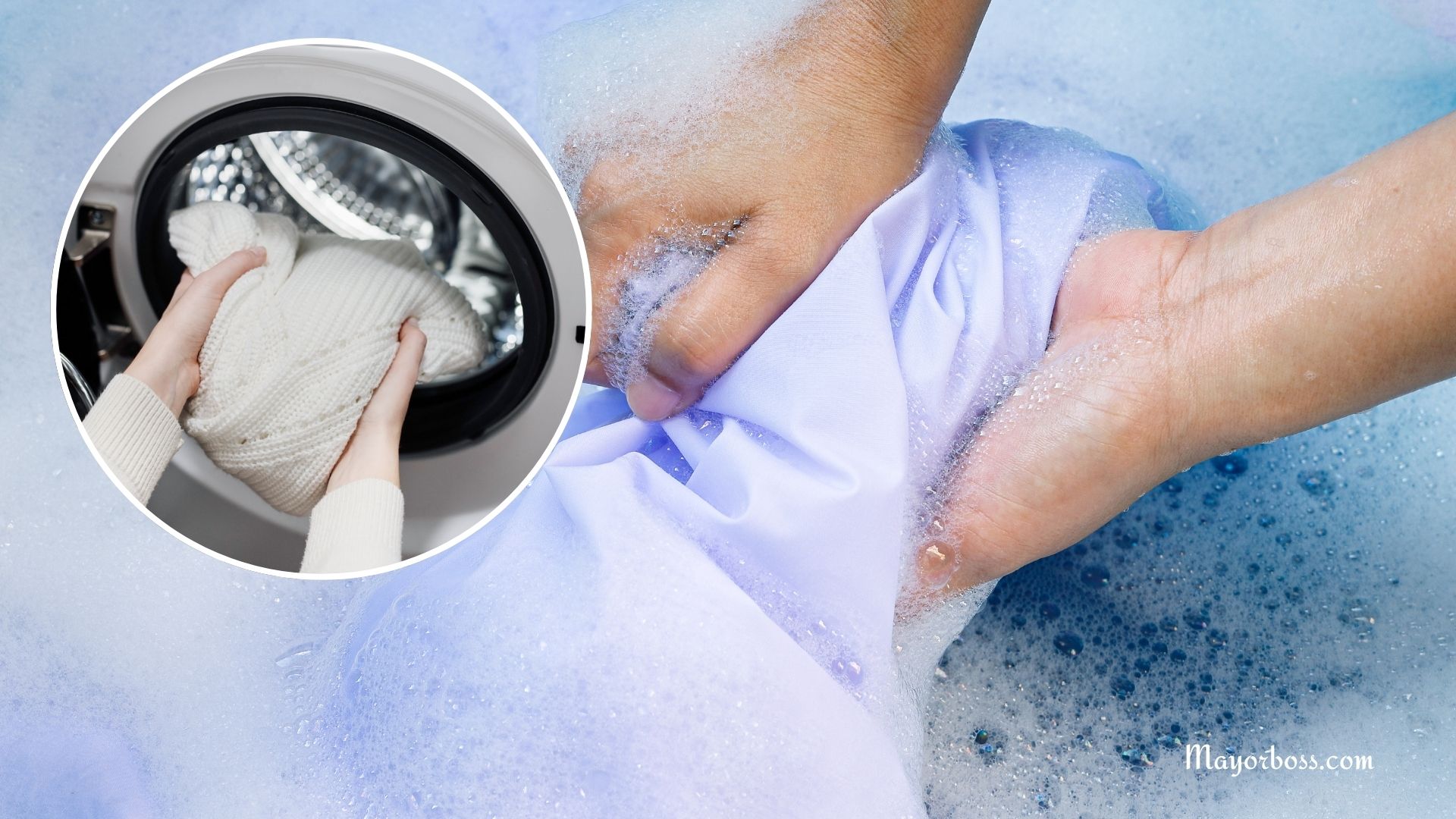How to Wash White Clothes and Keep Them Brilliantly Bright—Every Time
White clothes look fresh, clean, and professional—until they don’t. Over time, they turn yellow, gray, or dull, even with regular washing. The truth is, washing white clothes the wrong way can ruin them. But when you follow the right steps, you can keep them looking brilliantly bright every time.
Let’s walk through exactly how to do that.

Separate Whites From Everything Else
This is non-negotiable. White clothes must be washed separately from colors and darks. Even light-colored clothing can bleed just enough dye to dull your whites. Washing whites on their own also allows you to use products and temperatures tailored to keeping them bright.
Never Skip This Step:
- Separate whites completely.
- Wash sheets, towels, and white socks with white shirts, not with anything colored.
- Don’t trust “color-safe” fabrics—they often still bleed.
Use Hot Water—If the Fabric Can Handle It
Hot water helps lift dirt, oil, and body sweat that get trapped in white fabrics. These invisible residues cause yellowing over time. That said, not all white clothes can handle high heat. Check labels first:
- Cotton: Usually safe with hot water.
- Polyester or blends: Stick to warm or cold.
- Delicates or lace: Cold water only.
When in doubt, use warm water—it strikes a balance between cleaning power and fabric safety.
Choose the Right Detergent
Not all detergents are created equal. Regular detergent works, but for brilliant whites, you need something extra. Look for:
- Detergents with optical brighteners – These reflect light to make clothes appear whiter.
- Enzyme-based detergents – These break down stains and oils more effectively.
Avoid using too much detergent. More soap doesn’t mean cleaner clothes. Excess detergent can build up in the fabric and attract more dirt.
Boost With Whitening Agents
Sometimes detergent alone isn’t enough. That’s when you need to add a whitening booster. There are several safe and effective options:
1. Baking Soda
- Add ½ cup directly to the drum with your laundry.
- It neutralizes odors and softens water for a better clean.
2. Hydrogen Peroxide (3%)
- Add 1 cup to the bleach dispenser.
- It whitens without damaging most fabrics.
3. White Vinegar
- Use ½ cup in the rinse cycle.
- It removes detergent residue that dulls whites.
4. Oxygen Bleach (not chlorine)
- Gentle but powerful. Use as directed on the package.
- Works well for regular maintenance.
Avoid chlorine bleach unless absolutely necessary. It weakens fabric over time and can cause yellowing if not rinsed properly.
Pre-Treat Stains—Immediately
Stains on white clothes are stubborn. The longer they sit, the harder they are to remove.
For best results:
- Rinse the stain with cold water ASAP.
- Apply a stain remover or liquid detergent directly on the stain.
- Let it sit for at least 15 minutes before washing.
For sweat stains, mix baking soda and water into a paste, apply it to the area, and scrub gently with a toothbrush. Let it sit for 30 minutes before washing.
Use the Right Wash Cycle
The cycle you choose matters. A gentle cycle might not clean whites well enough. But a heavy-duty cycle can wear out delicate fabrics.
Try this:
- Regular or heavy-duty cycle for towels, socks, and cotton whites.
- Gentle cycle for lace, silk, or delicates.
More agitation and longer cycles help lift stains—but use them only when the fabric can handle it.
Dry Carefully
Drying affects brightness, too. High heat can bake in any leftover residue or stains, making them permanent. Do this:
- Line dry in the sun when possible. Sunlight naturally whitens and disinfects.
- If using a dryer, choose low to medium heat.
- Avoid overdrying—heat can break down fibers and cause yellowing.
Wash Whites Regularly
Don’t wait until whites look dirty. By the time you see dinginess, the damage is already done. Wash white clothes after every wear—even if they don’t look dirty.
Sweat, oils, deodorant, and environmental pollution build up quickly. Frequent washing prevents this buildup and keeps whites looking fresh.
Final Thoughts
White clothes don’t stay bright by accident. It takes a little extra effort, but it’s worth it. When you separate your whites, use the right products, and follow each step consistently, your clothes stay crisp, clean, and brilliantly bright every time.
Treat your whites like an investment. Handle them right, and they’ll keep you looking sharp for years to come.
